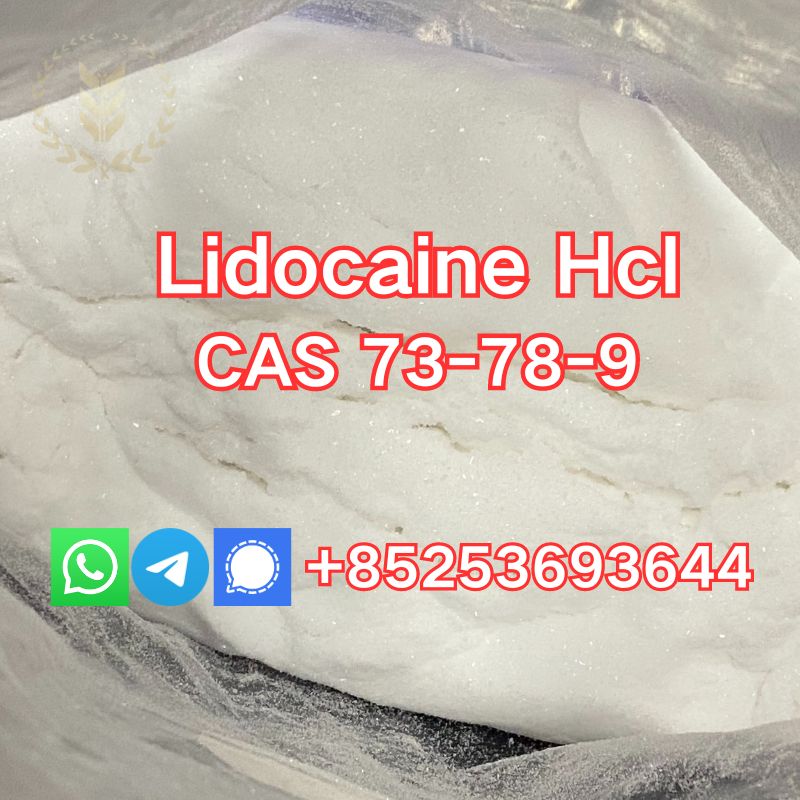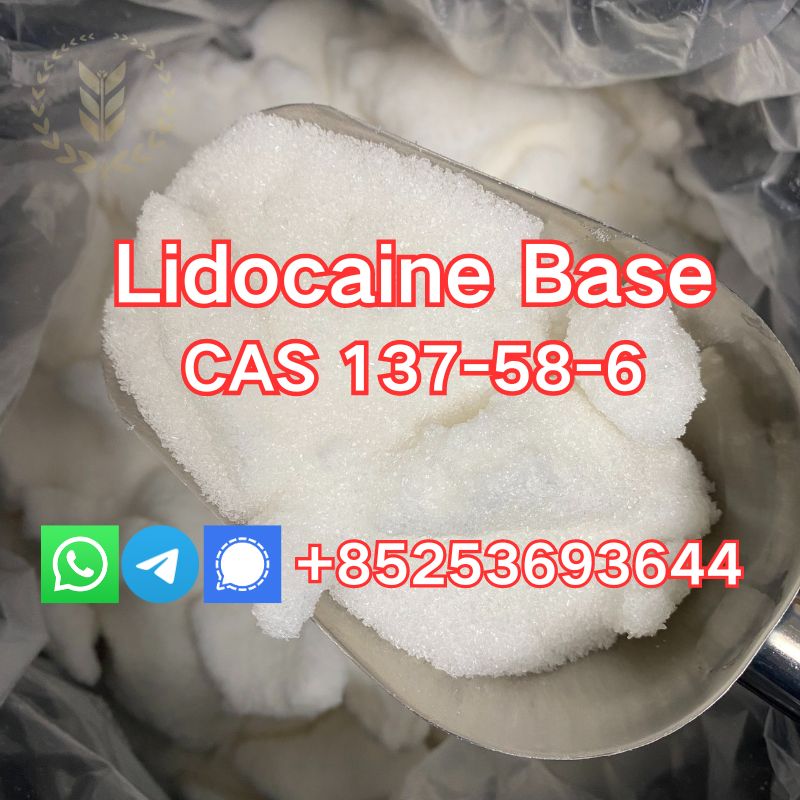wendy@hb-harvestchem.com
+852 53693644



Lidocaine HCl vs Lidocaine: Main Differences and Usage Analysis
Lidocaine is a widely used drug for local anesthesia, and Lidocaine HCl is its common salt form. Although they are similar in nature, there are certain differences in solubility, usage, and applicable scenarios.
Lidocaine
Lidocaine is a drug commonly used for local anesthesia, which can reduce pain by blocking nerve signals. It is commonly used for applications such as skin surface, dental surgery, nerve blocks, etc. Because Lidocaine itself has low water solubility, it is usually combined with an acid to form a salt in many medical and pharmaceutical applications.
Lidocaine HCl
Lidocaine HCl is the hydrochloride form of Lidocaine, which is combined with hydrochloric acid to improve its solubility, making it more soluble in water. This improvement makes Lidocaine HCl more widely used in injections and pharmaceutical preparations.
Main differences
Properties
Lidocaine
Lidocaine HCl
Chemical structure
Free base form
Hydrochloride form
Solubility
Low
High
Main uses
Local anesthesia, skin surface application
Injection, infusion, pharmaceutical preparations
pH
Slightly alkaline
Acidic
Applicability
Requires solvent to dissolve
Directly soluble in water
Main Applications of Lidocaine HCl
Due to its good solubility, Lidocaine HCl is widely used in medical and cosmetic applications, including:
Local anesthesia (e.g. dental, surgical procedures)
Pain management (e.g. injections for relieving neuralgia)
Anti-arrhythmic (for heart-related diseases)
Cosmetic applications (e.g. anesthesia for laser treatments, micro plastic surgery)
Lidocaine and Lidocaine HCl are essentially the same anesthetic drugs, but due to differences in solubility and use, Lidocaine HCl is more suitable for injections and solution preparations, while Lidocaine is more suitable for non-water-soluble agents and local surface anesthesia.
